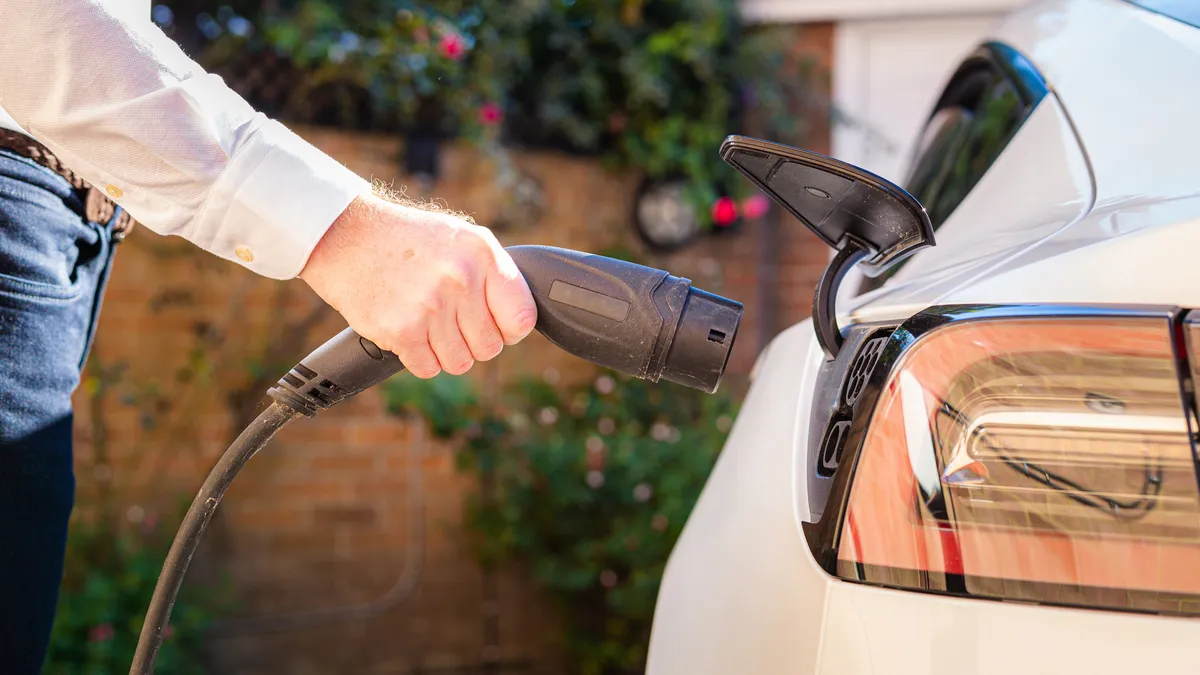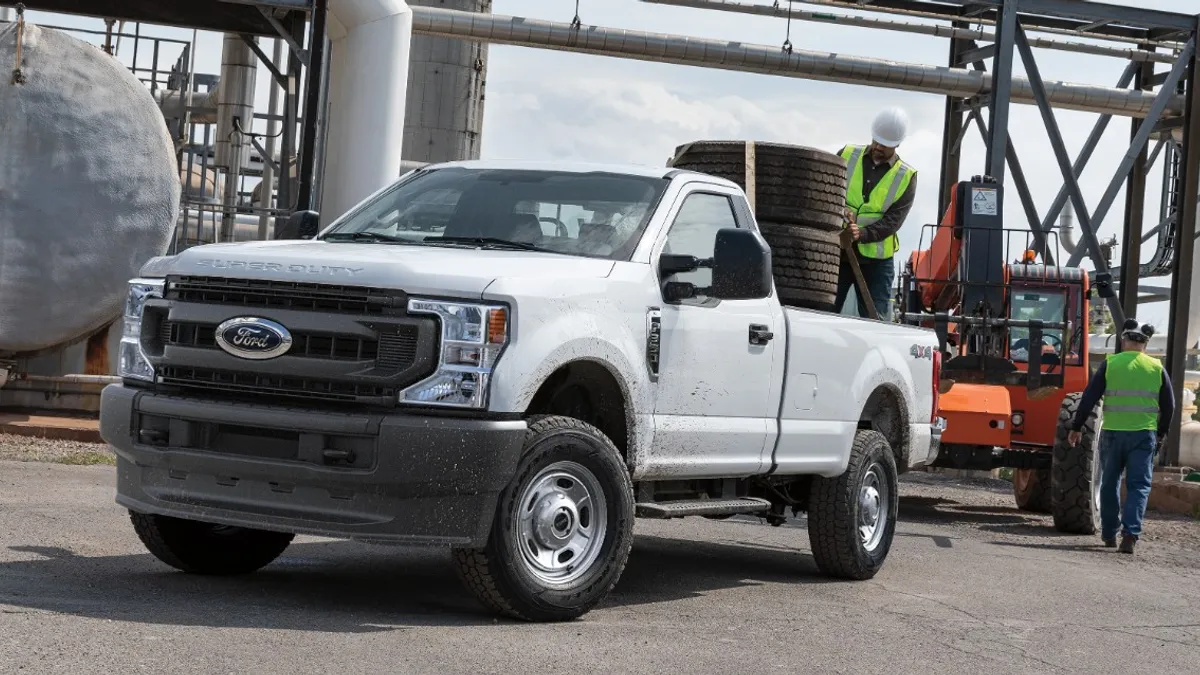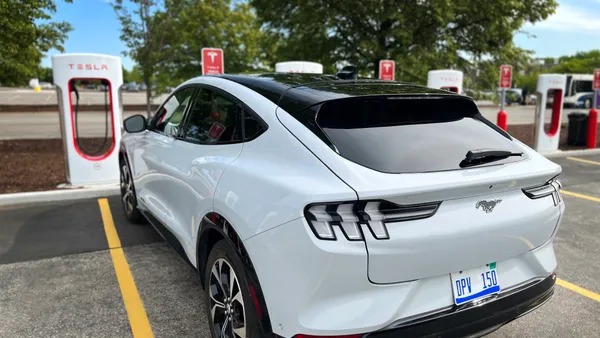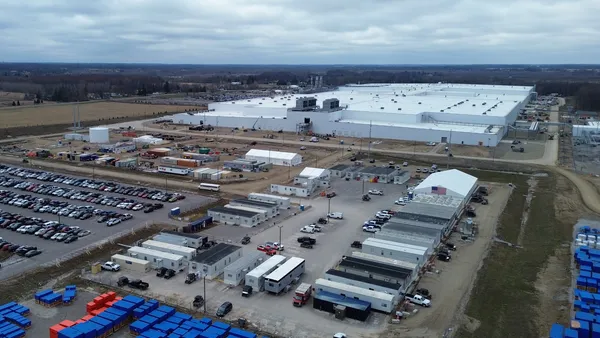Dive Brief:
- As federal funding freezes make the future of the public charging network uncertain, EV owners acknowledge the value of home charging—even though satisfaction has dampened due to high energy costs and limited charging speeds, according to a J.D. Power study released in March.
- Though Level 2 permanently mounted chargers had the most reported problems, EV owners are more satisfied with these chargers than Level 1 and Level 2 portable chargers, demonstrating the importance of charging speed for customer satisfaction.
- “The study finds that access to Level 2 charging at home is a key component in overall EV ownership satisfaction, so facilitating Level 2 capabilities for owners by reinforcing the benefits—whether through OEM or aftermarket solutions—should remain an area of focus for the industry,” said Brent Gruber, executive director of the EV practice at J.D. Power, in a press release.
Dive Insight:
Though home charging availability is a crucial driver of EV adoption, EV owners overall are less satisfied with home charging than they were in 2024, according to the study. J.D. Power surveyed 10,472 owners of pure EVs and plug-in hybrids from model years 2019 through 2025, measuring customer satisfaction based on reported fairness of retail price, charger cord length, charger size, ease of storing the cable, cost of charging, charging speed, ease of use and reliability.
Charging speed is a central factor determining customer satisfaction with home charging, with satisfaction declining an average 141 points (on a 1,000-point scale) for EV owners who reported charging speed issues compared to those who did not. J.D. Power explained that this is why relatively faster permanently mounted Level 2 chargers received higher satisfaction scores even as customers identified them as the most problematic, with 39 problems per 100 chargers. Almost one-third of these problems were issues with internet connectivity or mobile apps, which simply have less impact on overall customer satisfaction, per the report.
Level 2 chargers use 240-volt electrical outlets, while slower Level 1 chargers use standard 120-volt outlets. Eighty-four percent of EV owners who charge at home use Level 2 chargers, either portable or permanently mounted, per a 2024 J.D. Power study.
“[B]ecause charging speed has tremendous influence on customer satisfaction, home charging stakeholders should particularly focus on ensuring charging speeds are optimized to meet customer needs,” Gruber said.
EV owners also indicated less satisfaction with home charging costs, which survey respondents said increased by an average $2 over the past 30 days as compared to costs a year ago. J.D. Power noted that cost satisfaction varies by geography, with EV owners experiencing the highest charging costs—those in the Northeast and on the West Coast—reporting much less satisfaction on that front than EV owners in other regions of the country.
“Energy prices are still on the rise in much of the country, and this has negative effects on the industry,” Gruber said.
Many automakers, including Ford and General Motors, have recently announced partnerships with energy utilities to reduce home charging costs for EV owners.
According to the study, EV owners were most satisfied with Tesla’s permanently mounted Level 2 chargers, followed by Emporia and Wallbox permanently mounted Level 2 chargers.











